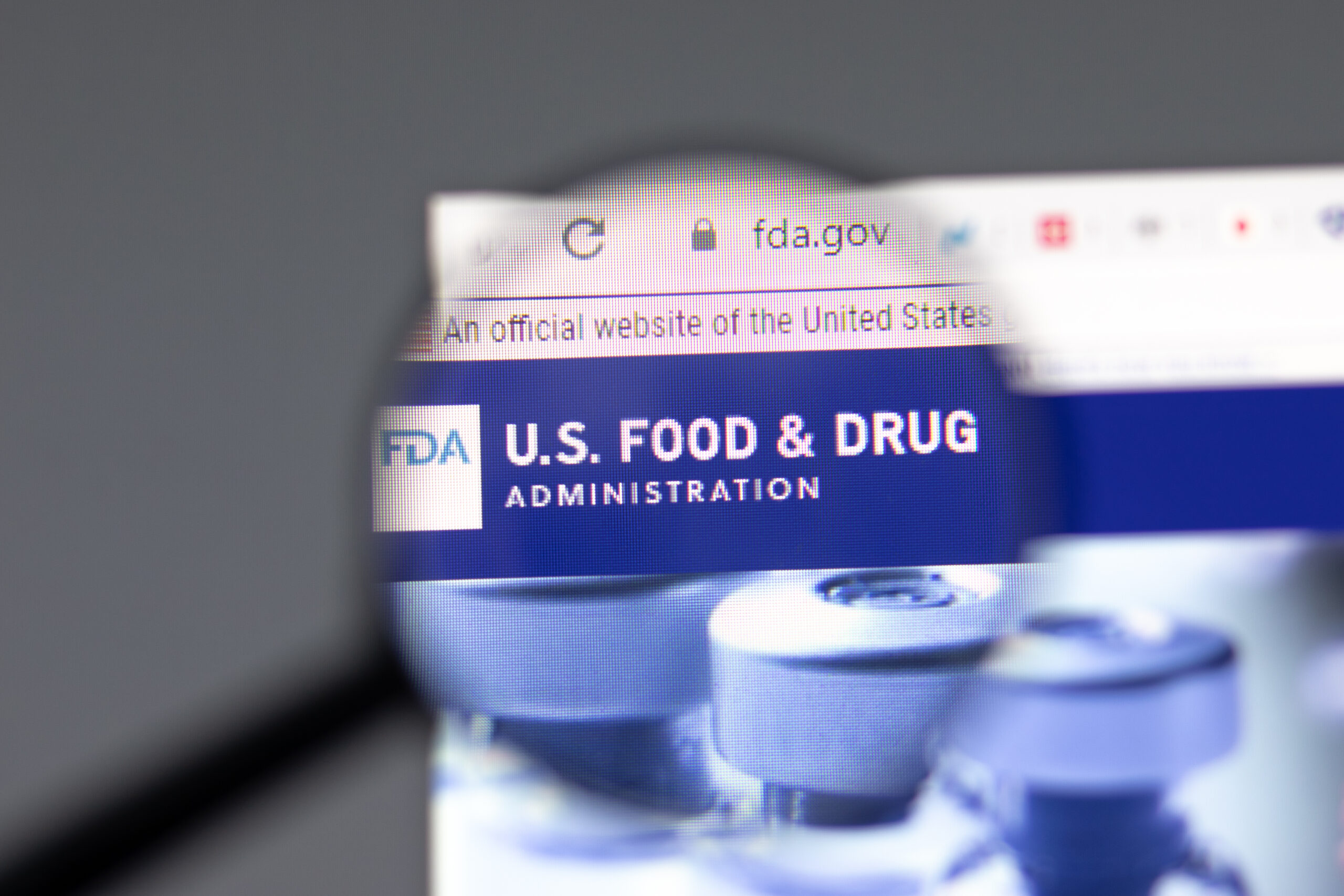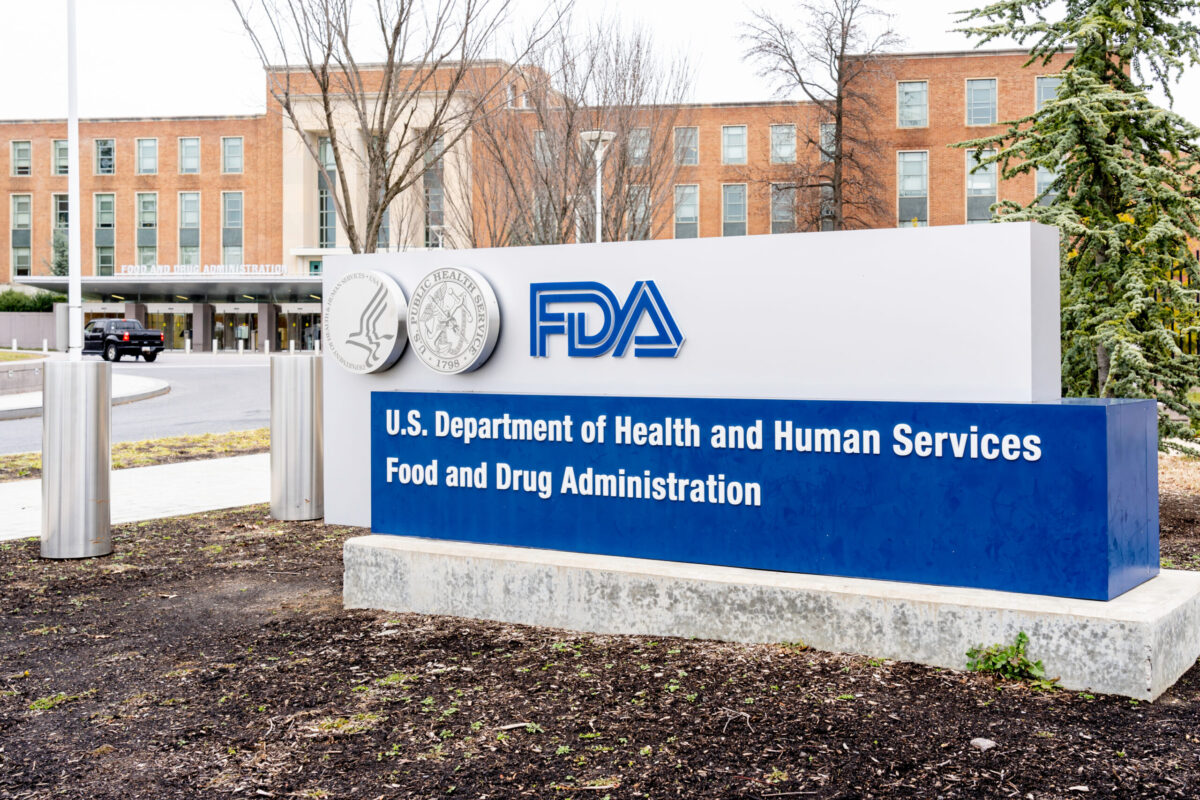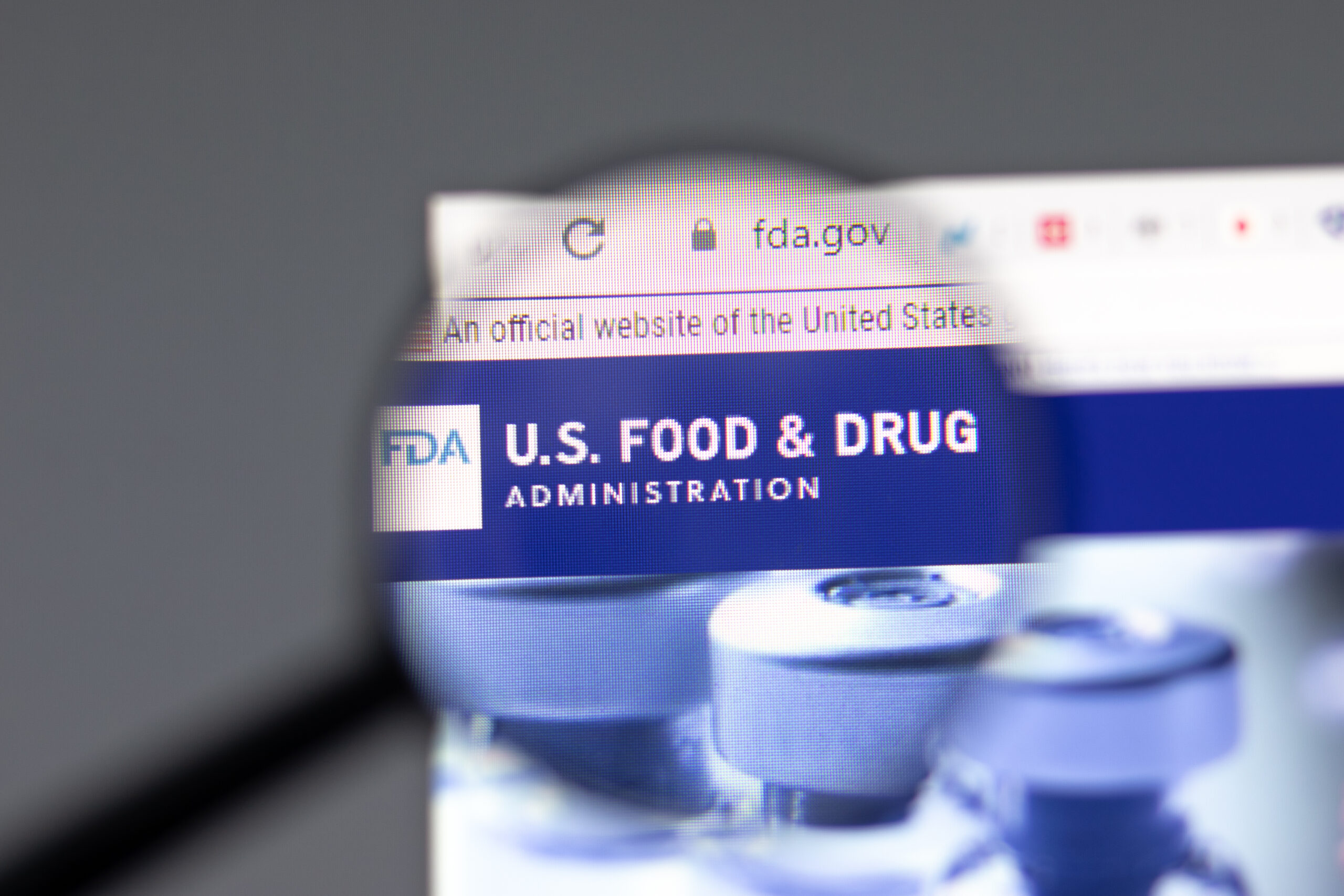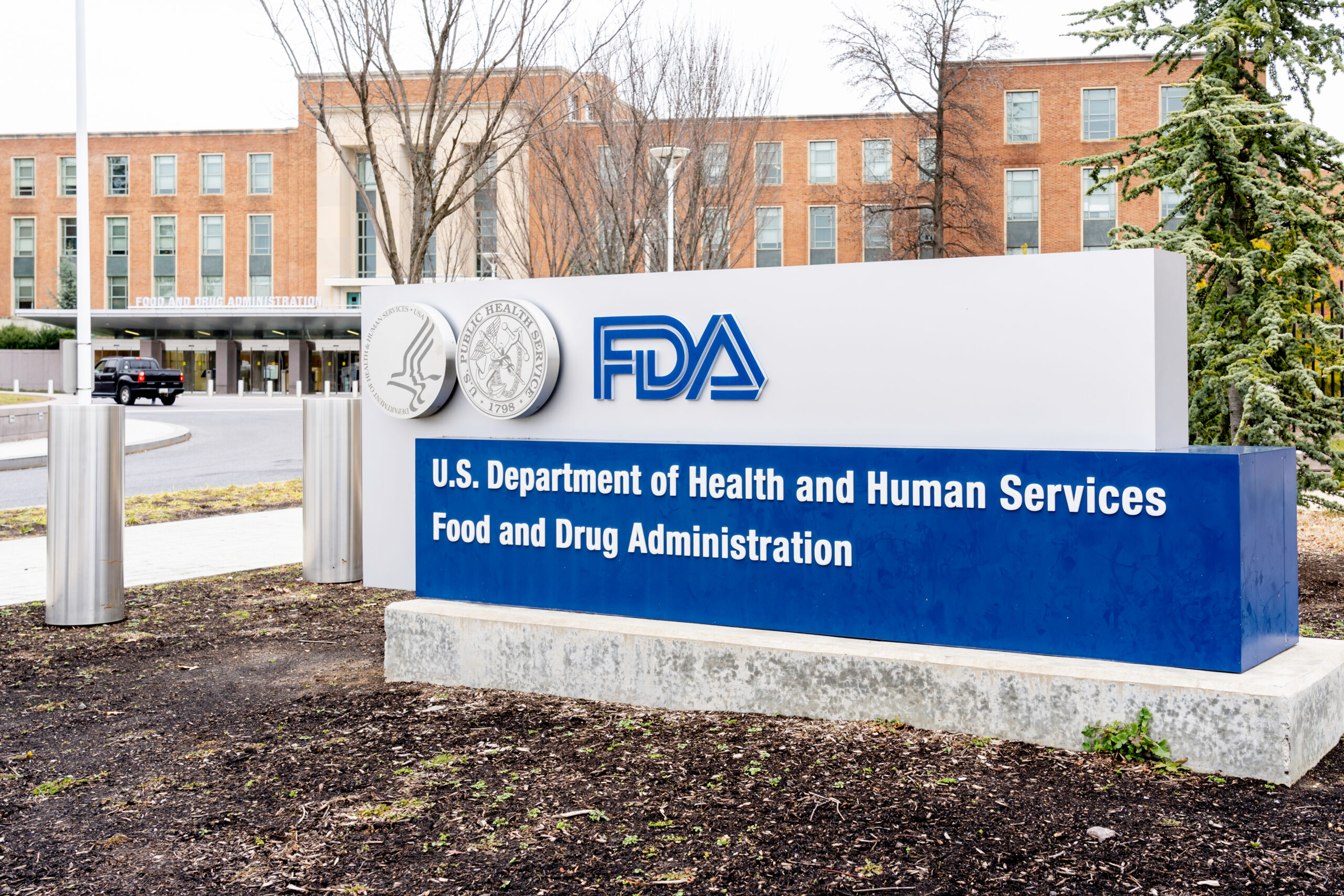Last month, the FDA made a surprising request that Endo Pharmaceuticals remove Opana ER, its opioid pain drug, from the market over concerns surrounding its abuse potential. The drugmaker has now followed through on that request by voluntarily removing the product from pharmacy shelves.
Endo reported that it expects to incur a $20 million hit in Q2 of this year as a result of the withdrawal. The pharmaceutical company has already reported sales of Opana ER totaling $35.7 million this year. In 2016, the opioid drug brought in nearly $160 million, however this represents just 5 percent of the company’s overall revenue for the year.
The FDA’s decision to pull the drug was informed by postmarketing data which found that since its reformulation, the instance of injection abuse of Opana ER has increased. Despite these findings and the push to remove the extended release painkiller from the market, Endo still stands behind Opana ER.
“Endo reiterates that neither the FDA’s withdrawal request nor Endo’s decision to voluntarily remove Opana ER from the market reflect a finding that the product is not safe or effective when taken as prescribed,” said a press release issued by the drugmaker. “To the contrary, Endo remains confident in the clinical research and other data demonstrating Opana ER’s safety and efficacy, as well as its favorable risk-benefit profile when used as intended in appropriate patients.”
In addition to its abuse potential, the drug was also linked to two outbreaks of HIV and hepatitis C. The decision to pull the drug from the market was one of the first made by Dr. Scott Gottlieb after he was sworn-in as FDA commissioner in May.
Endo said they will work with the regulator to get Opana ER removed from pharmacies in a way that has the least effect on patients currently using the drug for severe pain management. The drug company also encourages patients to consult their physician to find alternative treatment options.
According to the Centers for Disease Control and Prevention (CDC), overdoses as a result of prescription drug use have been steadily increasing since 1999; these findings also correlate with an increase in prescription sales of the opioids. Over 15,000 people in the US died as a result of prescription opioid abuse in 2015, and close to 50 percent of all opioid overdose-related deaths involve a prescription drug such as oxycodone and methadone.












Join or login to leave a comment
JOIN LOGIN